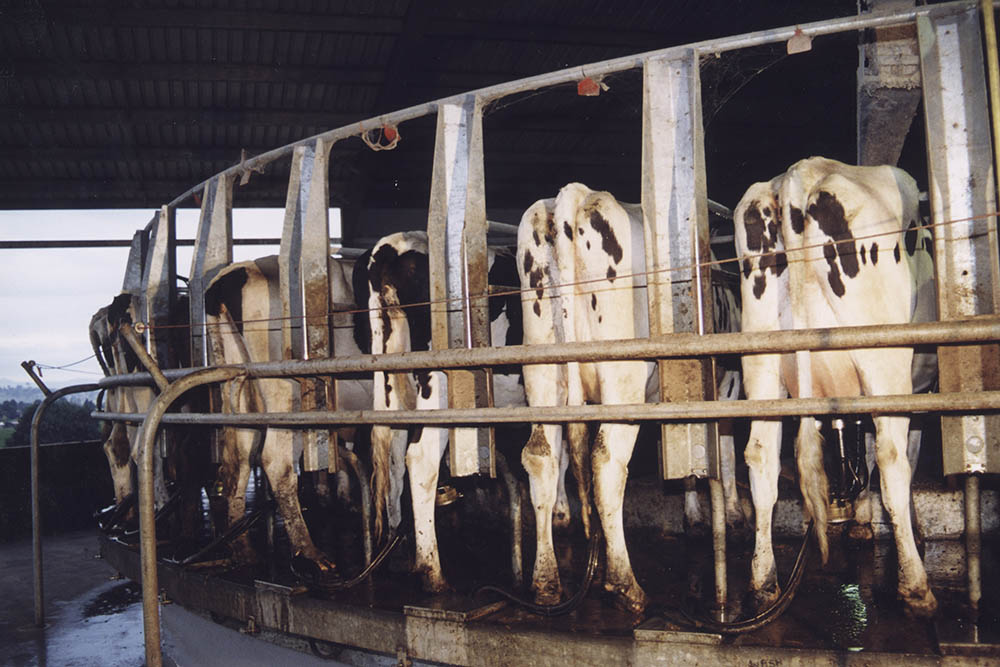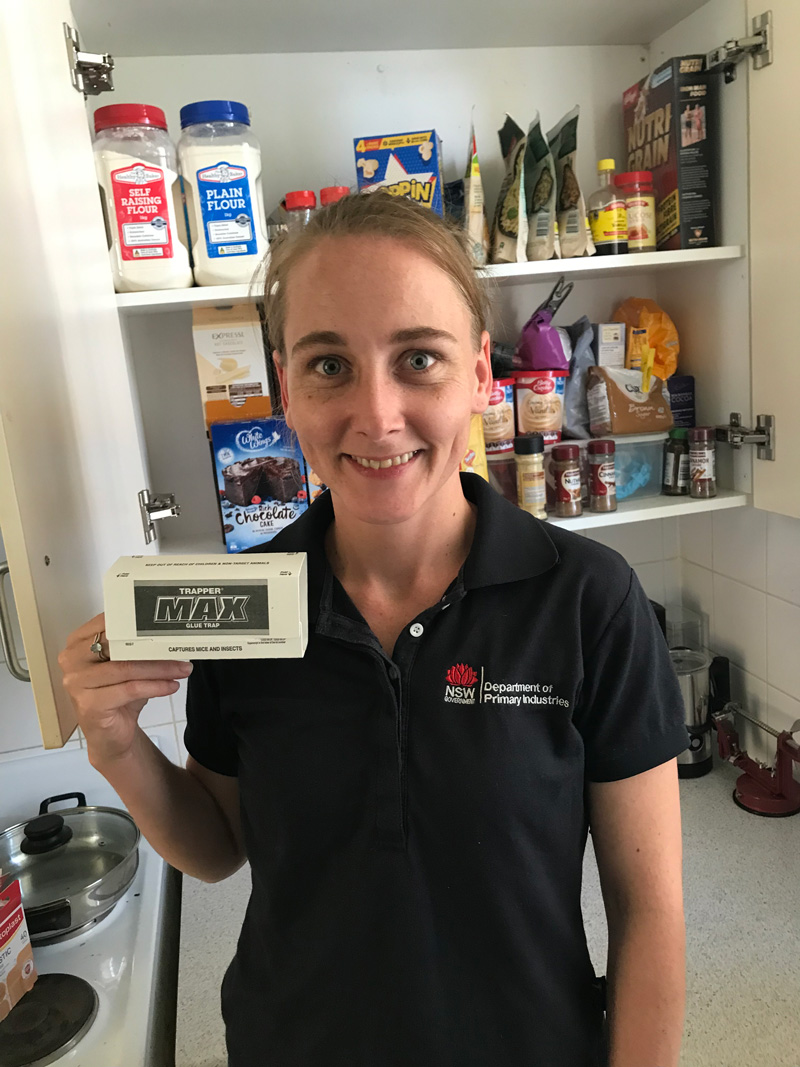- GVP $688 million est. Up 2.6% year-on-year.
- Competition for supply continued to support farmgate prices.
- Supply growth opportunities were hampered by labour shortages, declining cow numbers, and increasing input costs.
Production
Price
Global dairy prices strengthened throughout the year, increasing due to a global shortfall in supply. Global dairy prices, as measured by the FAO Dairy Price Index, averaged 132.3 points in 2021-22, 15 and increased 29% over the course of the year, primarily reflecting increased import demand in response to the very tight global supply and inventory levels. The 12-month average prices indicators for cheese, butter, and whole and skim milk powder all increased, gaining 10%, 36%, 22% and 31% respectively. 15 Whole Milk Powder reached a 7-year high of $4,757 USD/MT in March 2022 and cheddar reached an all-time high of $6,472 USD/MT in April 2022, the highest price since launched on Global Dairy Trade in 2011. 16 In response, the trend of Australian dairy manufacturers prioritizing cheese and milk powder production continued throughout 2021-22. Average prices eased during Q4 but remained well above the 5-year average 16 with a weaker Australian dollar boosting price competitiveness in export markets and insulating local returns. 20
Global Dairy Commodity Price Indicators 16
- Butter
- Cheddar
- Skim Milk Powder
- Whole Milk Powder
Trade
Concentrated Milk And Cream exports to China (mainly powdered) 35
- Volume (million kg)
Macroeconomic Conditions
Outlook

Stronger Primary Industries Strategy
Pantry Blitz
In early 2022 the NSW Department of Primary Industries (DPI) ran a four week project that engaged households and businesses from across the state in an effort to monitor pests in home pantries.
In a state first the ‘Pantry Blitz’ project was introduced in an effort to find out what pests may be lurking in people’s homes while also helping to protect the state’s $23.1 billion primary industries sector.
Strategic Outcome


There are various ways in which infestations can be introduced - through the supply chain via avenues such as processing plants or storage facilities. Unwanted insect pests can also stowaway as hitchhikers on a wide range of cargo including plastic beads, nuts and bolts, timber flooring, foodstuffs and white goods and make their way into homes. Or they can be introduced by people inadvertently purchasing infested products or by insects gaining access through open doors, windows or cracks in the walls.
Participants in the project were issued with a free a non-toxic glue trap to install in their pantry and were asked to take a photo and send a report of findings at the end of each week of the program.
As well as being an important surveillance initiative that provided DPI with vital information to assist in the NSW DPI’s efforts to keep NSW free of devastating insect pests, Pantry Blitz was also a positive and successful exercise in stakeholder and community engagement and directly impacted on people’s capacity to play their part in protecting our state’s primary industries.
While Australia is fortunate to be relatively isolated from the rest of the world allowing a certain amount of freedom from damaging pests and diseases found in other countries, the increase in trade and travel post Covid also sees an increased risk in the likelihood of exotic pests arriving.
DPI experts are now analysing each report, identifying any pests found and will provide information on the results straight to the device of participants to assist them in managing their household pests. Once collated a final report will be prepared and the findings will be published online.


